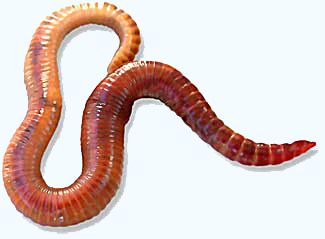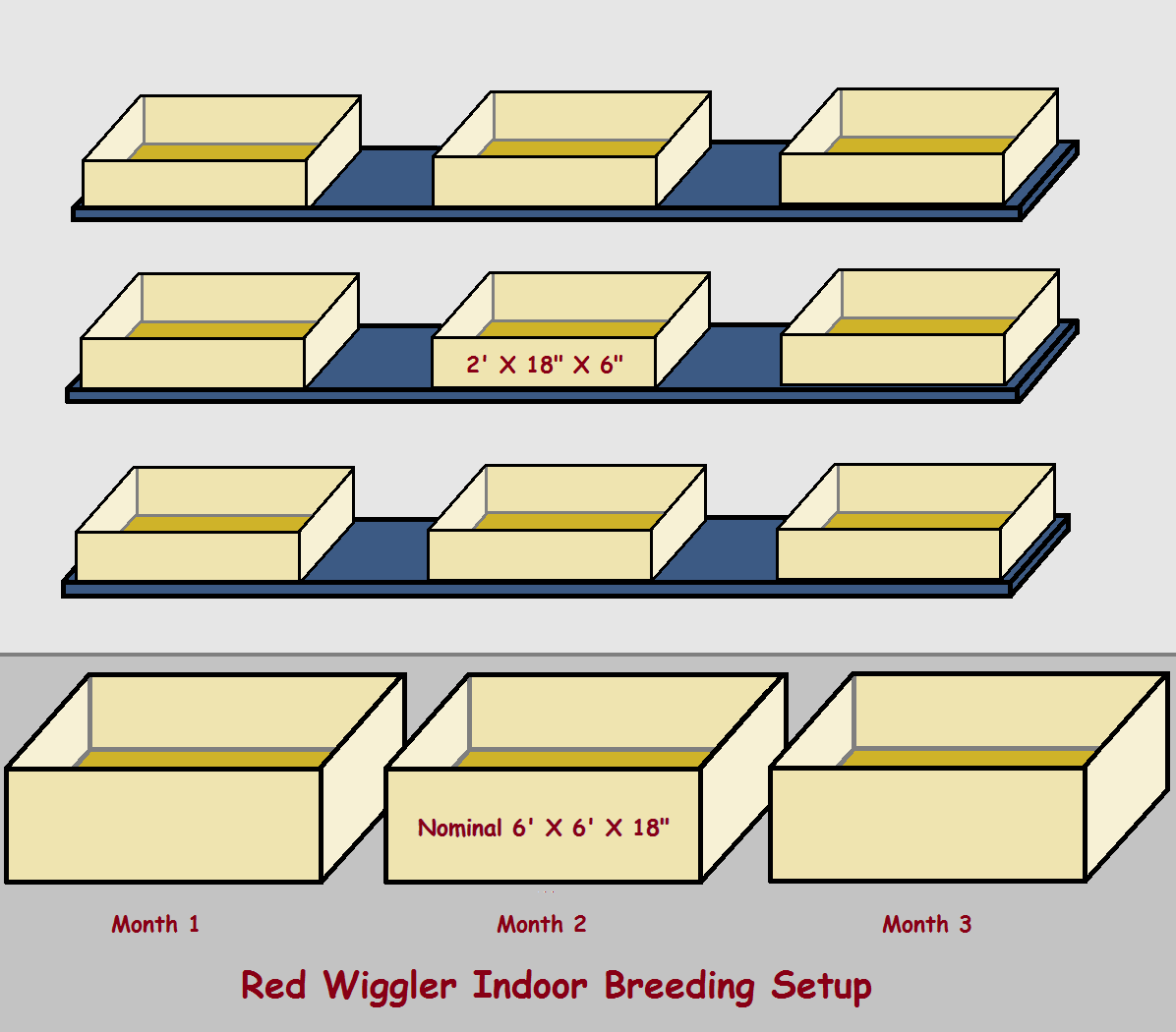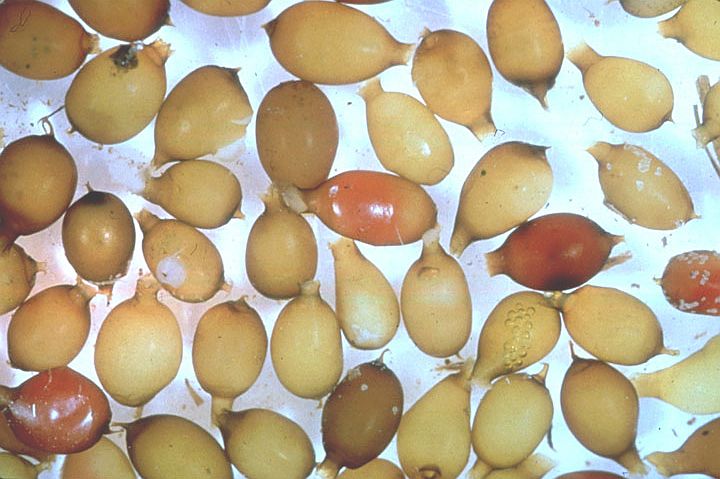
About 35 years ago, a friend and I decided we would raise red wiggler earthworms for gardening and for fish bait. Not simply for personal use, we decided we’d raise hundreds of thousands and possibly millions, for commercial sales.
Friend Huey was already immensely successful growing garden produce for his wife and twelve kids. He enjoyed reading publications by the Rodale Press that showed him how to achieve success. But he also was an avid reader of publications penned by red wiggler enthusiast Earl B. Shields. Shields promoted raising earthworms outdoors.
Our Take
Times were tough. Work was hard to come by. We were in a position to devote time to developing our own red wiggler business. At first we were inclined to dub it the ridiculous name, H&V Wormery (for Huey & Vince). Wisely, we changed our mind. We called it the Year-Round Worm Farm. Because we didn’t wish to limit ourselves to seasonal sales, we elected to move operations (including breeding) indoors. We appropriated Huey’s basement.
Red Wiggler Breeding Layout

The layout was fairly simple. Worms multiply at a prodigious rate. We needed to provide bedding, moisture, food, and appropriate health care. The temperature of most basements is ideal—from the 60s to the 70s.
Many forms of bedding can be used, and a variety of foods can be chosen. We elected to combine peat moss and coffee grounds plus limestone (NOT lime, which burns). The worms love coffee grounds. But we supplemented their diet with dry-ground rabbit food pellets. We would cover the containers of worms with some newspaper sheets, though I would recommend slightly undersized Masonite sheets.
Food and lightly moist bedding were placed in each of the smaller boxes lining the wall, along with a portion of the breeders. After a month, the breeders are removed and the remainder, which included earthworm cocoons, was emptied into the first large box on the floor. The process was repeated, except after that month passed, the boxes were emptied into the second large box. And similarly for the third month. At the end of that time, the worms in the first large box were separated. An appropriate number of the breeders were put into the smaller boxes and the rest were sold. of the worms and the box contents (rich in worm castings “fertilizer”) were sold.

When shipping, we placed the worms in an aerated container with peat moss, a bit of limestone, and a bit of peanut oil for food. If we had put some bait containers in stores for consignment sales, we would have done much the same thing. The primary markets for worms were threefold. 1) To provide worms to other, smaller providers, 2) For organic gardeners, and 3) For fishermen.
The primary health culprit is the Pacific red mite, a tiny, tiny critter that raised havoc in the beds. Choice of an appropriate pest control was difficult, since many of them attack the worms as well! We chose diazinon. Since 2004, many restrictions have been placed upon its use, which almost seems a shame, as it did such a remarkable job for the wigglers.
Juggling the Numbers
It takes some three months to raise mature red wigglers from egg sacs and a mature population of red wigglers doubles approximately monthly. Let’s assume the grower wishes to achieve a relatively modest total population of 1,000,000 worms. Working backward, we get
Month 1: 500,000 worms
Month 2: 250,000 worms
Month 3: 125,000 worms
Month 4: 62,500 worms
Month 5: 31,250 worms
Month 6: 15,625 worms
Month 7: 7,800 worms
Month 8: 3,900 worms
Month 9: 2,000 worms
Month 10: 1,000 worms
Month 11: 500 worms
Month 12: 250 worms
Start with as few as 250 breeder worms and within a year, you can have a million. It took no time for us to start from 100 worms and wind up with a quarter-million. We sold some, but the market was not large for the worms. We had the pleasure of training another group on how to raise worms and they appeared on television in the Philadelphia area, being interviewed by the noted broadcaster, John Facenda. We then discontinued the business. Hugh had 14 mouths to feed. And I enjoy eating, as well.
Note: You might also enjoy Honeybee Swarm Caught on Film in Spring 2016
References:

In the UK, lumbricus terrestris would be the common garden worm. A lot of them were wiped out when the New Zealand flatworm was introduced into this country but they appear to be making a comeback. Earthworms are good for the garden, aerating the soil, turning it over and providing castings of course.
I’d never heard of the New Zealand flatworm. It’s almost ironic. A number of damaging imports in the U.S. originally were brought in from the UK. When will people ever learn? Kudzu is a big one in Virginia and, as I recall, in Illinois. Imported for research.